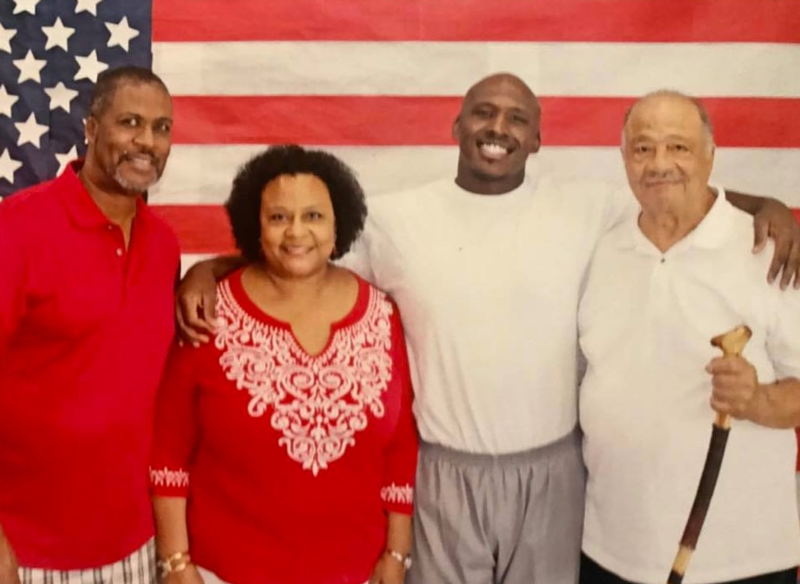PROSECUTORS HAVE ENORMOUS POWER.
Even investigations that don’t result in any charges can ruin people’s lives, ruin reputations, and drive their targets into bankruptcy. It has become an overtly political position — in general, but particularly at the federal level. If a prosecutor wants to ruin your life, he or she can. Even if you’ve done nothing wrong, there isn’t a whole lot you can do about it.
Prosecutors are the most powerful actors in the criminal justice system.
Prosecutors play a role in bail decisions, whether children should be charged as adults, whether people should be offered diversion programs to prevent criminal convictions and whether to charge specific enhancement crimes that add decades of prison time to charges. They also decide whether to prosecute police who violate the law. The consequences of those decisions can mean the difference between the success or failure of someone touched by the system and the overall safety of the community.
97%
of cases never go to trial
1 IN 15
of the world’s prisoners are in the U.S
1 IN 15
black men is behind bars
Wrongful Convictions are Real.
Johnathan Irons was arrested at age sixteen in 1997 and was sentenced to 50 years in the Missouri Department of Corrections for the non-fatal shooting of a home-owner during a burglary. There was NO physical evidence to support his sentencing.
Justice for Jonathan
Jonathan Irons was arrested at age sixteen in 1997 and was sentenced to 50 years in the Missouri Department of Corrections for the non-fatal shooting of a home-owner during a burglary. Irons’ conviction was based on unreliable eye-witness testimony and no evidence links him to the crime.


